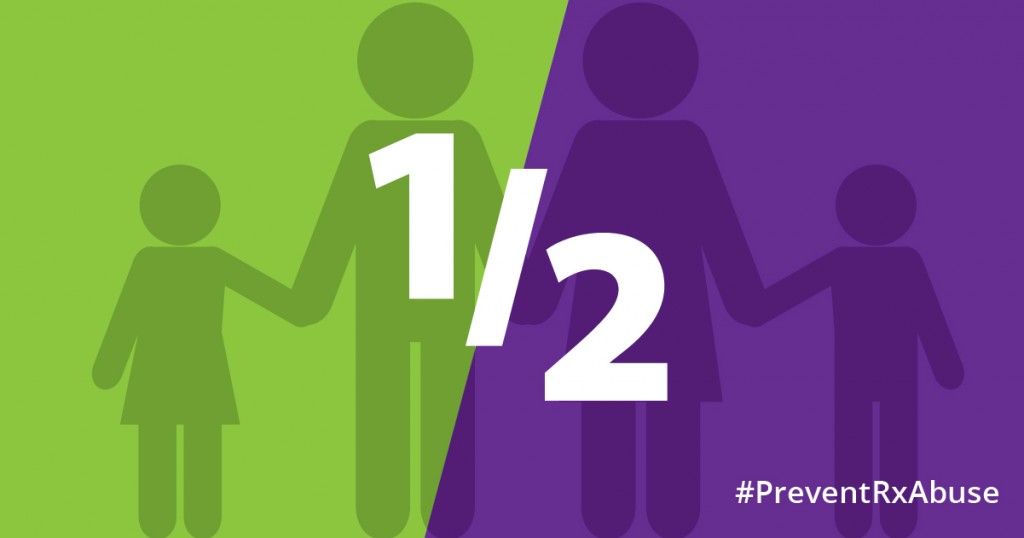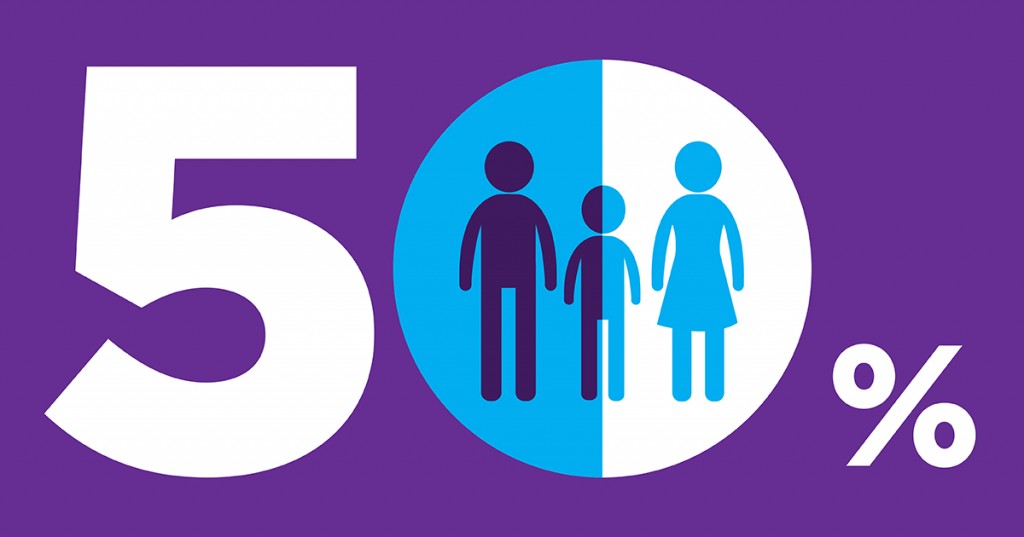Action to Quit: Behavioral Health, http://actiontoquit.org/populations/behavioral-health/1 Smoking and Health: Report of the Advisory Committee to the Surgeon General of the Public Health Service, PHS publication 1103, 1964, http://www.cdc.gov/tobacco/sgr/sgr_1964/sgr64.htm. McGinnis, JM, et al., “Actual causes of death in the United States,” Journal of the American
Medical Association (JAMA) 270:2207-2212, 1993.
2 HHS, The Health Consequences of Smoking—50 Years of Progress: A Report of the Surgeon General, 2014, http://www.surgeongeneral.gov/library/reports/50-years-of-progress/. CDC, “Deaths: Leading Causes for 2010,” Table D, National Vital Statistics Reports, 62(6), December 20, 2013, http://www.cdc.gov/nchs/data/nvsr/nvsr62/nvsr62_06.pdf.3 Centers for Disease Control and Prevention (CDC), “Vital Signs: Current Cigarette Smoking Among Adults Aged ≥18 Years with Mental Illness— United States, 2009-2011,” Morbidity and Mortality Weekly Report, 62(5): 81-87, 2013.
4 See e.g., “Vital Signs: Current Cigarette Smoking Among Adults Aged ≥18 Years with Mental Illness—United States, 2009-2011,” Morbidity and Mortality Weekly Report, 62(5): 81-87, 2013. Lasser, K, et al., “Smoking and Mental Illness: A Population-Based Prevalence Study,” Journal of the American Medical Association, 284(2): 2606-2610, 2000.
5 CDC, “Vital Signs: Current Cigarette Smoking Among Adults Aged ≥18 Years with Mental Illness—United States, 2009-2011,” Morbidity and Mortality Weekly Report, 62(5): 81-87, 2013.
6 SAMHSA, “Current Statistics on the Prevalence and Characteristics of People Experiencing Homelessness in the United States,” July 2011, http://homeless.samhsa.gov/ResourceFiles/hrc_factsheet.pdf.
7 SAMHSA, “Nicotine Dependence among Persons Who Received Substance Use Treatment,” The NSDUH Report, June 23, 2011. http://archive.samhsa.gov/data/2k11/WEB_SR_031/WEB_SR_031.htm.
8 See e.g., DeHay, T, et al., “Tobacco use in youth with mental illnesses,” Journal of Behavioral Medicine, 35: 139-148, 2012; Upadhyaya, H, et al., “Psychiatric disorders and cigarette smoking among child and adolescent psychiatry inpatients,” American Journal on Addictions, 12: 144-152, 2003. MacPherson, L, et al., “Association of post-treatment smoking change with future smoking and cessation efforts among adolescents with psychiatric comorbidity,” Nicotine & Tobacco Research, 9: 1297-1307, 2007. Morris, CD, et al., “Predictors of tobacco use among persons with mental illnesses in a statewide population,” Psychiatric Services, 42: 393-402, 2006.
9 HHS, The Health Consequences of Smoking—50 Years of Progress: A Report of the Surgeon General, 2014, http://www.surgeongeneral.gov/library/reports/50-years-of-progress/. CDC, “Deaths: Leading Causes for 2010,” Table D, National Vital Statistics Reports, 62(6), December 20, 2013, http://www.cdc.gov/nchs/data/nvsr/nvsr62/nvsr62_06.pdf.
10 See, e.g., Grant, B, et al., “Nicotine Dependence and psychiatric disorders in the United States: Results from the National Epidemiological Survey on Alcohol and Related Conditions,” Archives of General Psychiatry, 61(11): 1107-1114, 2004.Schroeder, SA, et al., “Confronting a Neglected Epidemic: Tobacco Cessation for Persons with Mental Illnesses and Substance Abuse Problems,” Annual Review of Public Health, 31: 297-314, 2010.
11 Colton, CW, et al., “Congruencies in increased mortality rates, years of potential life lost, and causes of death among public mental health clients in eight states,” Preventing Chronic Disease, 3: A42, 2006.
12 See e.g., Zevin, S, et al., “Drug interactions with tobacco smoking. An Update,” Clinical Pharmacokinetics, 36: 425-438, 1999.
13 CDC, “Vital Signs: Current Cigarette Smoking Among Adults Aged ≥18 Years with Mental Illness—United States, 2009-2011,” Morbidity and
Mortality Weekly Report, 62(5): 81-87, 2013.
14 Steinberg, ML, et al., “Financial implications of cigarette smoking among individuals with schizophrenia,” Tobacco Control, 13: 206, 2004.
15 Apollonio, DE, et al., “Marketing to the marginalized: tobacco industry targeting of the homeless and mentally ill,” Tobacco Control, 14: 409-415, 2005. 16 Prochaska, JJ, et al., “Tobacco Use Among Individuals With Schizophrenia: What Role Has the Tobacco Industry Played?” Schizophrenia Bulletin, 34(3): 555-567, 2008.
17 Prochaska, JJ, et al., “Tobacco Use Among Individuals With Schizophrenia: What Role Has the Tobacco Industry Played?” Schizophrenia Bulletin, 34(3): 555-567, 2008. See also Hirshbein, L, “Scientific Research and Corporate Influence: Smoking, Mental Illness and the Tobacco Industry,” Journal of the History of Medicine and Allied Sciences, 2011.
18 Apollonio, DE, et al., “Marketing to the marginalized: tobacco industry targeting of the homeless and mentally ill,” Tobacco Control, 14: 409-415, 2005.













